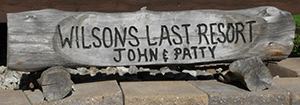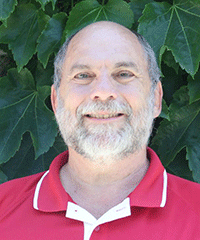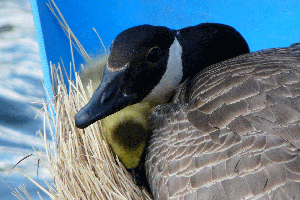
April 2017
April is one of my favorite months of the year. Things are greening up, early flowers start to bloom, the lawn needs mowing (OK, that may not be a favorite activity… but at least I’m outside doing something), birds I haven’t seen all winter are returning to my bird feeders, geese have taken up residence in the nesting boxes on my pond, AND it’s time to go hunting for elusive morel mushroom!
Our farmer neighbors are busy this month too. Lambing and calving is completely done for some while it is winding down for others. This is good because a lot of time will be spent this month and into early May to get crops planted. Growing up on a farm, I remember that planting season can be one of the most hectic times of the year.
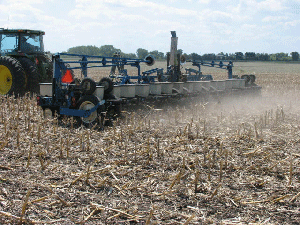
Farmers work frantically in April and early May to get things planted when the weather cooperates. They may also be spraying some fields. A pre-emergence herbicide may be sprayed to kill weeds that may germinate later in the growing season or a burndown herbicide may be applied to kill any weeds that have already emerged without using tillage. By not using tillage, they help protect the soil from erosion and reduce the chance of pesticides or fertilizer washing off fields and into surface water sources such as streams, creeks, rivers, ponds or lakes.
Because of all this activity in fields at all hours of day and night, it’s particularly important to be careful when traveling on rural roads. Often large equipment can’t get over far enough to allow for oncoming traffic and still progress down the road. It can be especially hazardous in hilly areas like where I live and you never know who you will meet at the top of the hill. So just slow down and enjoy the scenery while being extra cautions when traveling in the country.

Now, for things happening on the acreage. I mentioned one of my favorite April activities in my opening paragraph, hunting morel mushrooms. Nothing tastes better when dipped in an egg batter, rolled in cracker crumbs or a breading mix, and fried in a little butter. (I can feel my arteries clogging, just thinking about it!) If you have never hunted morels before, be sure you know what you are looking for. Other mushrooms can be similar in appearance, but could be poisonous!
If you haven’t done so yet, clean up flower beds, rake up leaves that blew in over the winter, and cut back dead material on perennials that die back to the ground. Add an organic mulch like wood chips in perennial flower beds or where transplants will be set out to cut down on weeds and conserve water later in the growing season.
There are several things that are just as important to NOT do now…
#1 – No matter how much it is advertised on radio or TV, do NOT put on a pre-emergence herbicide (crabgrass preventer) in early April. It is most potent the day you put it on and gets gradually weakens until it provides no control. Because crabgrass doesn’t germinate until soils are warmer, usually around May 1, you should wait until the last week of April (or later if it’s a late spring) to put this out. Otherwise you have sacrificed a month of its effective control of crabgrass. Late April also coincides with the best time to apply the first fertilizer on cool-season grass (bluegrass or fescue) lawns.
#2 – Do NOT put salt on asparagus beds to control weeds. This “fake news” got started because asparagus is more tolerant to salt than other plants. But salt will destroy the structure in our soil which causes damage and reduces water infiltration… and too much salt will also injure asparagus. Instead use a pre-emergence garden herbicide or mulches to control weeds.
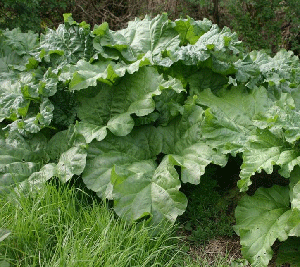
#3 – Do NOT worry about rhubarb being poisonous if it has emerged and then gets nipped by a late frost. This is also “fake news” that got started because there is a toxic compound in rhubarb leaves, but it does not move back into the stalks if the leaves are frosted. Two sources I found indicated a 150 pound person would have to eat about 11 pounds of rhubarb leaves for it to be toxic. It also noted that years ago, rhubarb leaves were used as a cure for constipation so I’ll let you draw your own conclusions about the effects of eating a lesser amount of rhubarb leaves. When harvesting rhubarb, I usually drop the leaves around the plants to mulch them and reduce weed competition… or you can always add the leaves to your compost pile.
That wraps up things for this month. One last thought, if anyone happens to run into so many morels that they can’t eat or use all of them, my link is above, just click on it to let me know and I’ll be there to help you solve this problem! I have a feeling I’m about as likely to get an email on that as I am having my PowerBall ticket be the big winner, but it’s fun to dream. So until next month, have fun on your acreage!

